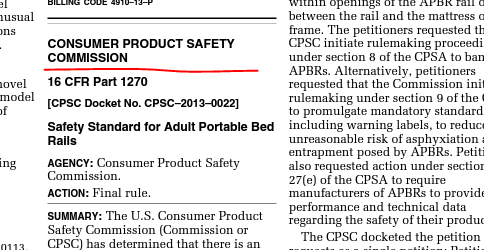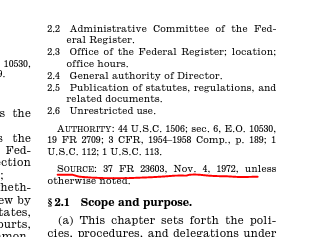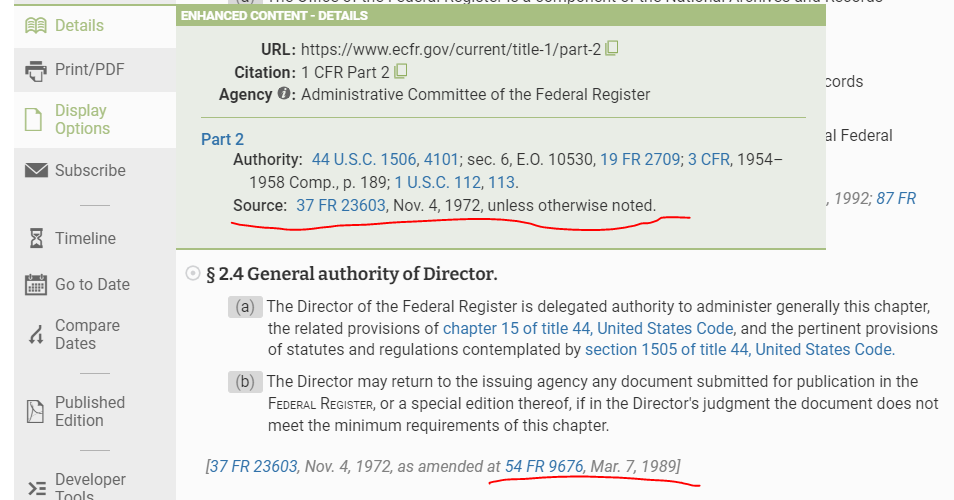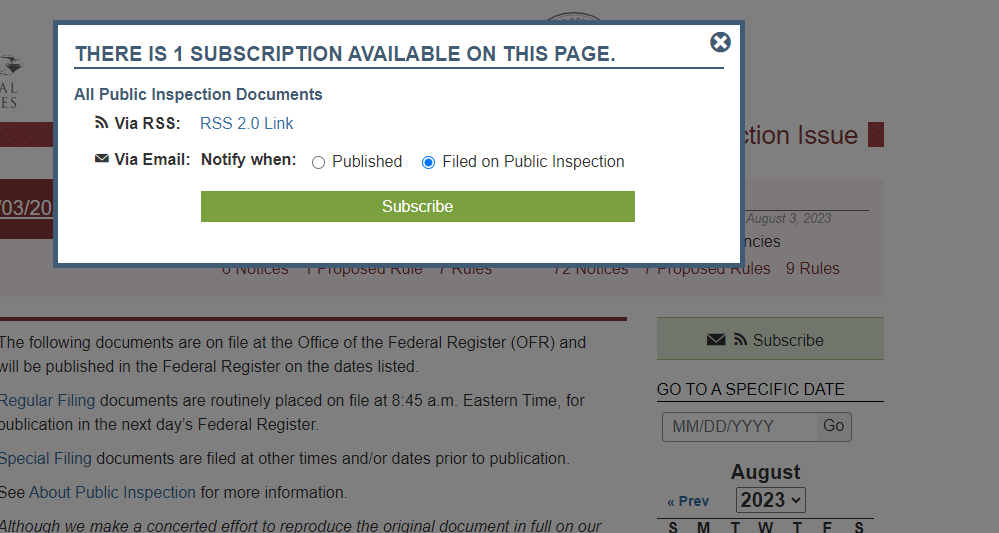
Frequently Asked Questions for OFR
|
Federal Register and CFR generally:
|
Federal Register publication and CFR content:
|
Commenting on agency documents:
|
|
FederalRegister.gov and eCFR.gov:
|
|
|
Federal Register and CFR
Understanding and using the Federal Register and CFR
The OFR publishes on behalf of over 300 Federal entities but has no involvement with their policies or programs. We are responsible only for the accuracy of the content of the Federal Register and its codification in the Code of Federal Regulations (CFR), which must reflect what the agency submitted for publication in the Federal Register. OFR staff do not provide legal advice or assistance. Federal regulations do not permit us to:
- evaluate or interpret material published in the Federal Register;
- provide legal analysis of material published in the Federal Register;
- explain or provide compliance guidance of material published in the Federal Register.












